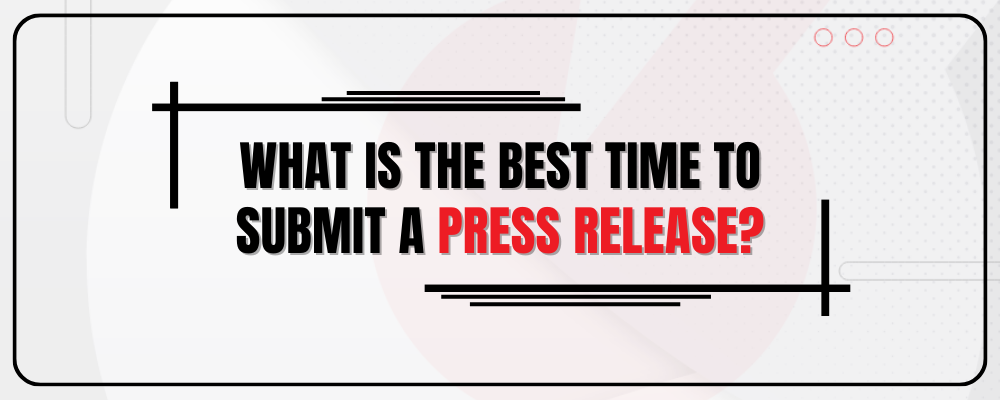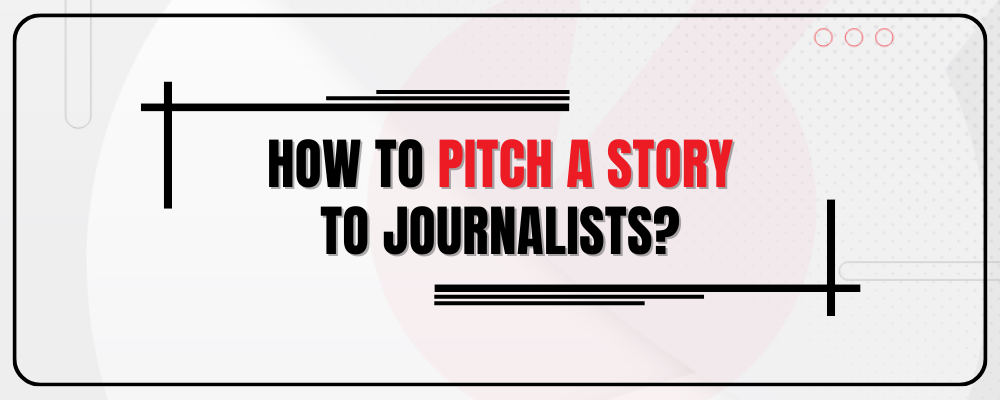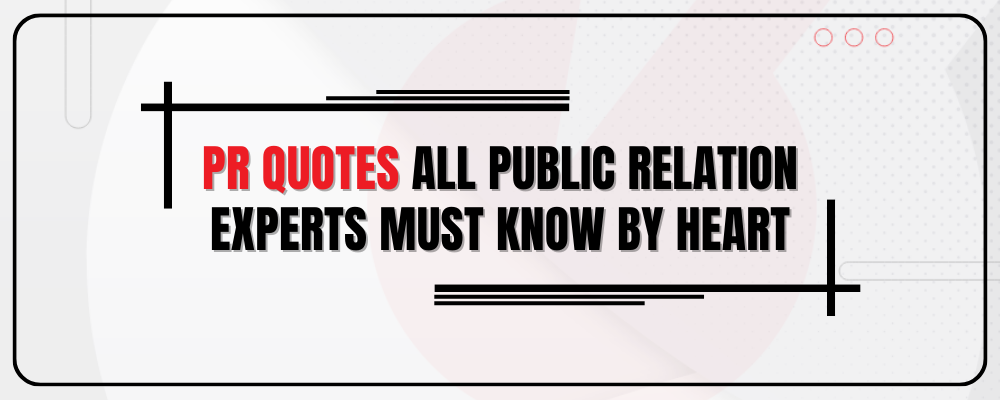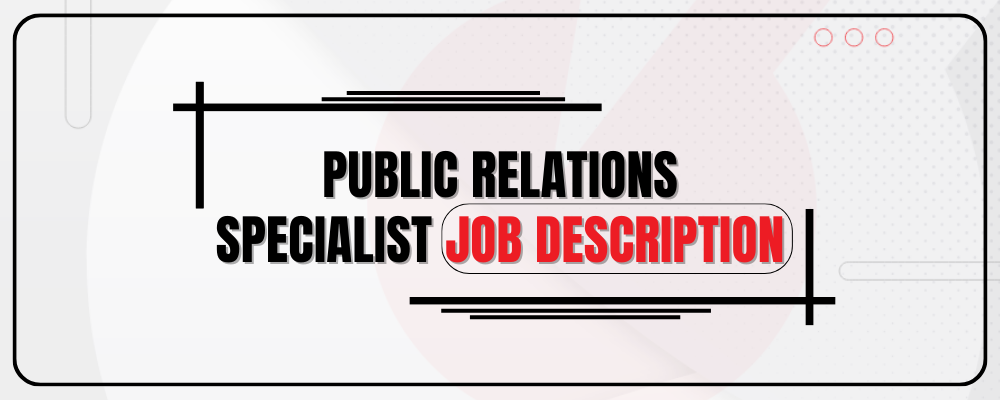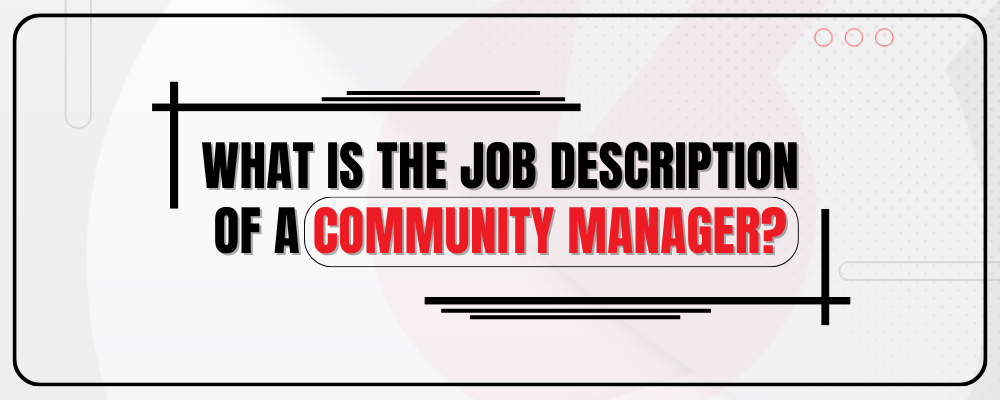Got a press release all set and ready to go, but now you’re wondering if this is the right moment to hit “submit”?
Well, you are concerned for all the right reasons because timing is a critical factor that can significantly impact the success of your outreach to journalists.
So to answer this question, we reached out to some PR experts to ask their advice and even conducted a quick survey with 117 participants to get the lowdown on the best timing for press releases.
Let’s first check out the results of the survey.
Question asked: When do you think is the best time to submit press releases for optimal impact?
| Midweek (Tuesday to Thursday) | 28% |
| Early Morning (9:00 AM to 11:00 AM) | 15% |
| Weekends (Saturday morning) | 5% |
| Lunchtime (Around noon) | 10% |
| Evenings (5:00 PM) | 8% |
| Mid-Month or Mid-Quarter | 12% |
| Post-Earnings Release | 7% |
| Anniversaries or Milestones | 6% |
| Post-Event Timing | 5% |
| Other (Specify) | 4% |
The poll results highlight a preference for midweek submissions (28%), closely followed by a nod to the significance of mid-month or mid-quarter releases (12%).
Interestingly, early mornings and lunchtime also received notable consideration at 15% and 10%, respectively.
Now that we’ve got a snapshot of what the community thinks about the best time to submit press releases, let’s dive into the insights from our panel of PR experts.
We asked them to share their firsthand experiences for optimal timing.
Here’s what they had to say about when to hit that ‘submit’ button.
1. Early Morning
Sending your press release in the morning allows journalists to review it during their daily planning sessions.
Michael Roberts, Director of Media Relations at Visionary Tech Solutions, adds, “Mornings are golden hours for press releases. Sending your news between 9:00 AM and 11:00 AM ensures that journalists see it early in the day when they are more likely to have time for a thorough review.”
2. Avoiding Competing Events
Check for major events, holidays, or industry conferences that might overshadow your news. Avoid sending releases during these times unless your news is directly related.
Sarah Thompson, PR Manager at Innovate Dynamics, shares a cautionary note, “We once made the mistake of sending a release during a major industry conference. Our news got buried in the conference buzz. Lesson learned: always check for competing events to maximize your news coverage.”
3. Time Zones
Consider the time zone of your target audience. Sending the release during the morning hours of their local time increases the likelihood of it being seen promptly.
John Anderson, PR Specialist at Horizon Innovations, emphasizes the importance of global considerations, stating, “Considering time zones is crucial for announcements. We found success by staggering our press release distribution to align with peak media hours in different regions, ensuring maximum visibility.”
4. Seasonal Considerations
Be mindful of industry-specific seasons. For example, if you’re in the retail industry, sending a press release about holiday promotions well in advance is crucial.
Emily Parker, Communications Director at Summit Group, shares a strategic move, “Timing is everything, especially in retail. Sending out holiday promotions well in advance allowed us to secure prime media coverage and stay ahead of the seasonal noise.”
5. Avoid Breaking News
Avoid sending releases during major breaking news events, as your announcement might be overlooked.
David Mitchell, PR Consultant at Apex Strategies, warns, “We’ve learned the hard way that sending a press release during a major breaking news event is a recipe for it being overlooked. Always be mindful of the news cycle when planning your releases.”
6. Editorial Calendars
Research the editorial calendars of the media outlets you’re targeting. Some outlets plan content months in advance, so aligning your release with their schedule can increase the chances of coverage.
Alex Turner, Media Relations Specialist at Quantum Innovations, explains it well, “Aligning your release with a media outlet’s editorial calendar can be a game-changer. We’ve had success by researching and coordinating our announcements with the planned content of key publications.”
7. Global Considerations
If your news has global relevance, consider time zones across different regions. You might need to stagger your press release distribution to cater to different markets.
Chris Martin, PR Manager at Stellar Solutions, shares his take on dealing with time zones globally. In his words, “It’s like figuring out the best time to call a friend in a different time zone. For me, personalizing when we send out our news to match when people are most tuned in has been the trick. It’s like catching them right when they’re starting their day or winding down. Little tweaks like these make sure our news isn’t just out there but really hits home across the world.”
8. Social Media Timing
Coordinate the release of your press release with your social media strategy. Announce it on social media platforms shortly before or after sending the official release to journalists.
Jessica Taylor, PR assistant at Digital Dynamics, underscores the connection between PR and social media, saying, “Syncing your press release with social media amplifies its impact. Announcing it on platforms just before the official release to journalists generates buzz and sets the stage for broader coverage. I’ve seen the difference it makes. There was this one time when we teased an upcoming product release on Instagram, and by the time the official press release hit, people were already talking about it.”
9. Testing and Analytics
Use analytics tools to track the open rates and engagement of your press releases. Analyzing the performance of past releases can help refine your timing strategy.
Ryan Baker, comm. coordinator at Media Maven Strategies, emphasizes the role of data, stating, “Don’t underestimate the power of analytics. Regularly track the performance of your releases to fine-tune your timing strategy. It’s a continuous process that requires frequent evaluation and adjustment.”
10. Days of the Mid Week
Tuesday to Thursday is often considered the best time to send press releases. Mondays are typically busy as people catch up on emails from the weekend, and Fridays may see reduced media coverage as journalists prepare for the weekend.
According to Jane Williams, PR Strategist at Global Impact Communications, “In our experience, midweek press releases, especially on Wednesdays, tend to get more attention. Journalists are less busy, and your news stands a better chance of making headlines.”
11. Follow-up Timing
Time is important but so is follow-up. Plan your follow-up communications wisely. Give journalists enough time to review your release before following up, but don’t wait too long.
Rachel Collins, PR Coordinator at Fusion Tech Solutions, advises, “Timing is key not just in sending the initial release but also in follow-ups. Give journalists enough time to digest your news before following up, but don’t let it fade into the background.”

